Discovery’s big-toothed documentary event Shark Week is back with 6000lb. Shark. The special focused on the search for the largest great white sharks off the coast of New Zealand, and new attempts to weigh them more accurately than ever before. Utilizing cutting-edge technology, 6000lb. Shark aims to help discover just how heavy a great white shark can become.
6000lb. Shark is led by Shark Week staple Tom “The Blowfish” Hird, whose previous contributions to the event week include Cocaine Sharks and Great White Fight Club. On 6000lb. Shark, Hird collaborated with marine biologist Leigh de Necker to collect biological samples from sharks in their attempt to get the best measurements of shark weight yet. Also a musician, Hird is known as “the world’s only heavy metal marine biologist”, and brings that flair to his work as a presenter on the special.
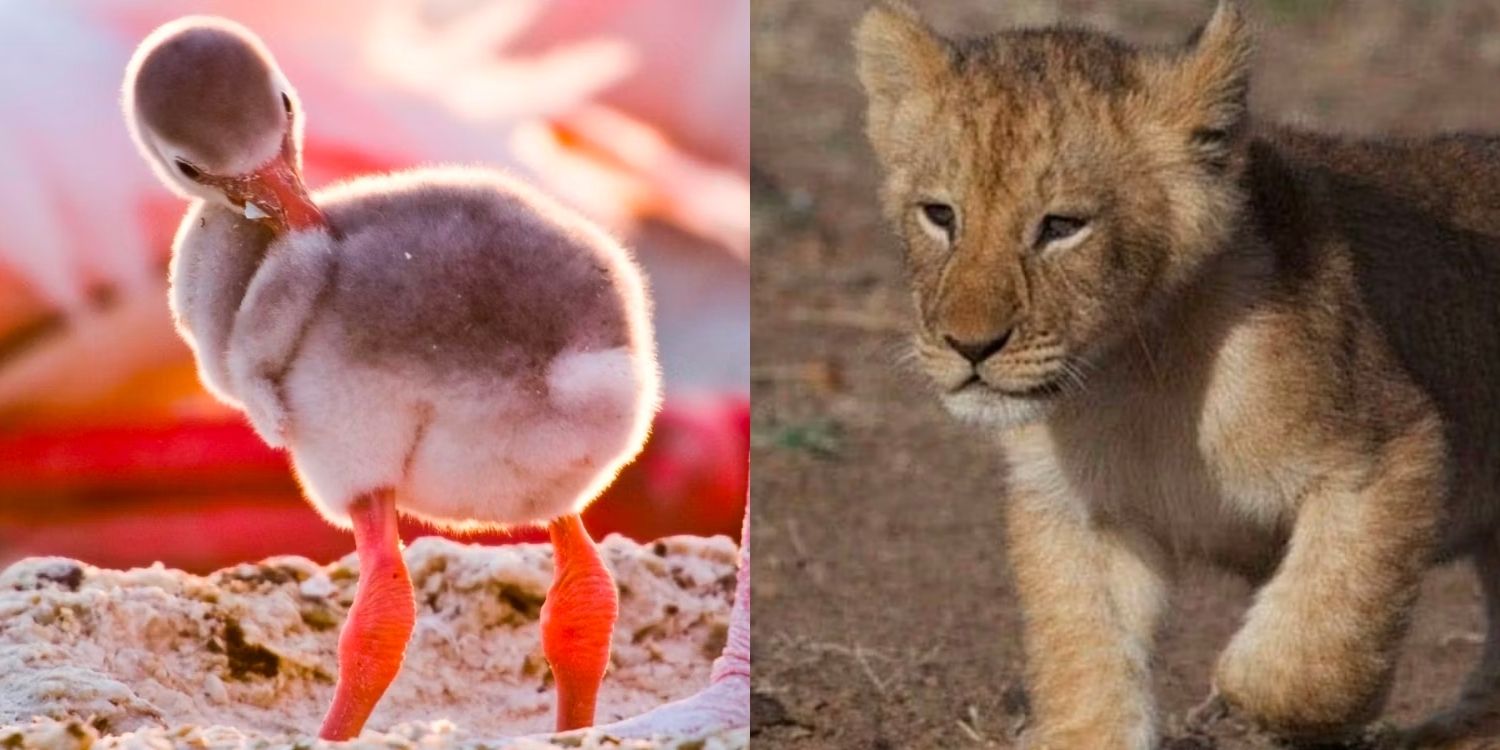
Related
10 Best Nature Documentaries On Disney+, Ranked By IMDb
There are a number of great nature documentaries that are currently streaming on Disney+, but which are the ones to check out first?
With such a difficult task at hand, the making of the nature documentary was not always an easy task. While speaking with Screen Rant about the series, Hird reflected on swabbing a shark’s rear, unexpected difficulties, and the dangerous nature of his work. Hird also dished on his shark diving playlist.
Tom Hird Details The Unique Challenges Of Making 6000lb. Shark
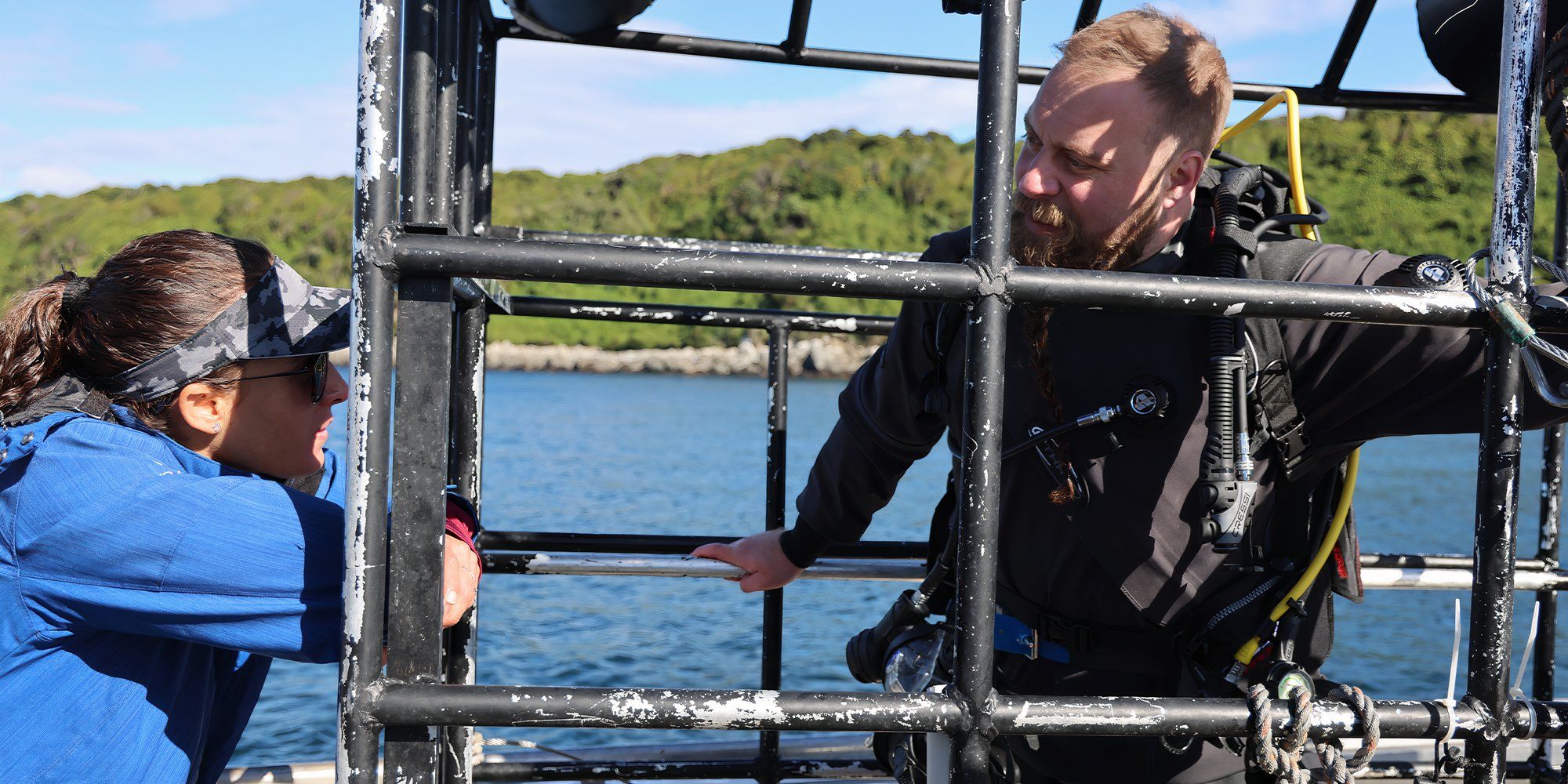
Screen Rant: In 6000lb. Shark, you’re trying to figure out a new method to weigh sharks and figure out how large they are. What is the value in knowing that?
Tom Hird: It’s a combination of lots and lots and lots of different things that, when put together, are way more important than the value of all the little parts. If we could have a really accurate representation of the growth rates of sharks compared to their size, and the weight fluctuations of sharks throughout the year, that would give us a chance to better predict the effects of fishing or better predict the life histories of sharks, which then can feed into other things such as research in protected areas, or knowing where they are on migrations and having a chance to protect them on that way.
Even though the weight of this animal is a very basic concept, because they are so ethereal in terms of the time we spend with them, and because trying to get one on the other scales is harder than getting a politician to tell a truth, it’s tricky. Yet, it is so, so valuable. So, something as simple as knowing the weight and being able to correlate that with other factors gives us a skeleton key into the hidden life of the shark.
I was blown away by how you gathered this data, because you’re using all these different kinds of technology and measurement methods. How hard is it to get any accurate measurements?
Tom Hird: Bloody difficult. The animal is always moving, and you’re always moving as well. Then, you’ve got the added trickery of the fact that you are restricted in being in a cage. You’ve also got other physical restrictions in terms of the fact that you’re diving and you’ve got a limited amount of air. Everything is against you. That’s why, if we can get to a position where we have enough information to form a framework where you only need one clean shot and everything else will kind of fall into place, this becomes so, so vital.
The equipment that we used—the ultrasounds and the stereo camera—are so tricky and difficult, and realistically, we’d want them in a much more sterile, scientific environment. But it doesn’t always work like that. Sometimes putting together just a small part of the puzzle could open up something bigger, and that’s what we’re looking to do with a lot of this stuff.
There were a lot of things that I, as a viewer, had never seen before. You’ve spent so much time with sharks—how novel was this experience for you?
Tom Hird: It was just brilliant. Really interesting. When I have done standard sampling with sharks before, invariably it’s working with very small species, usually there’ll be inshore and benthic. They’ll be things like dogfish, catsharks, and small skates and rays, and these are animals that you can take out of the water, quickly measure, and put back in.
Then, when I’ve worked with slightly larger animals, you’re working with them on the beach. You’ll bring them up onto the sand and you’ve got to be quick. You’re like a Formula One pit team. But, again, you’re on your own terms. You’re on land, so you can get the tape measure, you can get the fin samples… you can get everything and then release it again.
With this, everything we did had to be modified to fit what we were trying to do, and we had to think on our feet. [It was like,] “If this doesn’t work, we can try that,” or “We didn’t get this, but we did get that, so how can we use it?” It was such a unique experience, and such a difficult one for, as I said, getting something as simple as the vital statistics of a great white shark.
Tom Hird Discusses The Special’s Wilder Moments
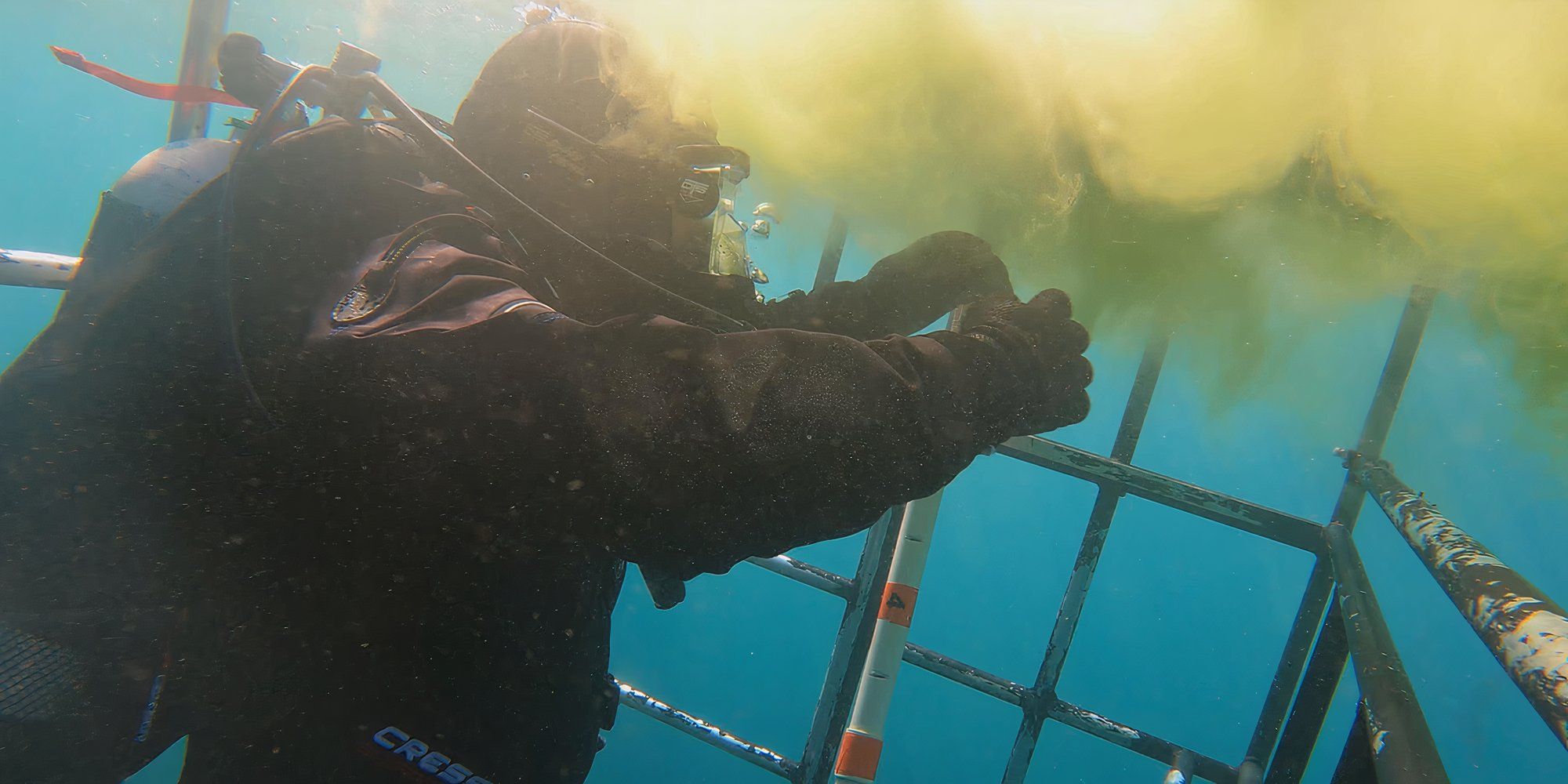
Have you been pooped on by sharks before?
Tom Hird: No. And that was obviously the tricky thing as well. We’re in the cage. We don’t know what’s happened. I can’t say for certain what’s happened, because I didn’t see where it came from. It probably was, but I can’t say it definitely was. You know scientists—you know how we are. I have been defecated on by a wide variety of animals, but not in this situation before.
First time for everything.
Tom Hird: And for once, I didn’t have to pay for it either.
I don’t want to give too much away of what I saw, but I am curious because of how much work you’ve done, especially for Shark Week. How many times has something gone wrong, where you’ve been seriously concerned underwater?
Tom Hird: Well, good question. I would like to point out that due to decisions made topside, I was not aware that anything had gone wrong. Ignorance was very much bliss in that particular scenario. Perhaps, if I had been, I would have been a bit more concerned, but there’s nothing that a good five or six pints of a strong IPA won’t help in terms of post-dive therapy.
But you’re on a boat. You’ve got to be ready for everything. We’ve got our dive briefings, and we know what we can and can’t do. And you’ve got to think on your feet and be ready. [I’ll] put it this way—I haven’t rushed in and done anything here without making sure that I could walk properly first. I think a lot of the problems that people find are when they are… I believe the fabulous term is [that] their ego is writing checks that their body cannot cash. That’s when you get an issue, but when you’re working with the right people in the right scenario, you’re still more than welcome to get a little bit flummoxed, a little bit hot under the collar as it might be… but, mate, I’m English. Stiff upper lip.
Hird Shares His Shark Dive Playlist
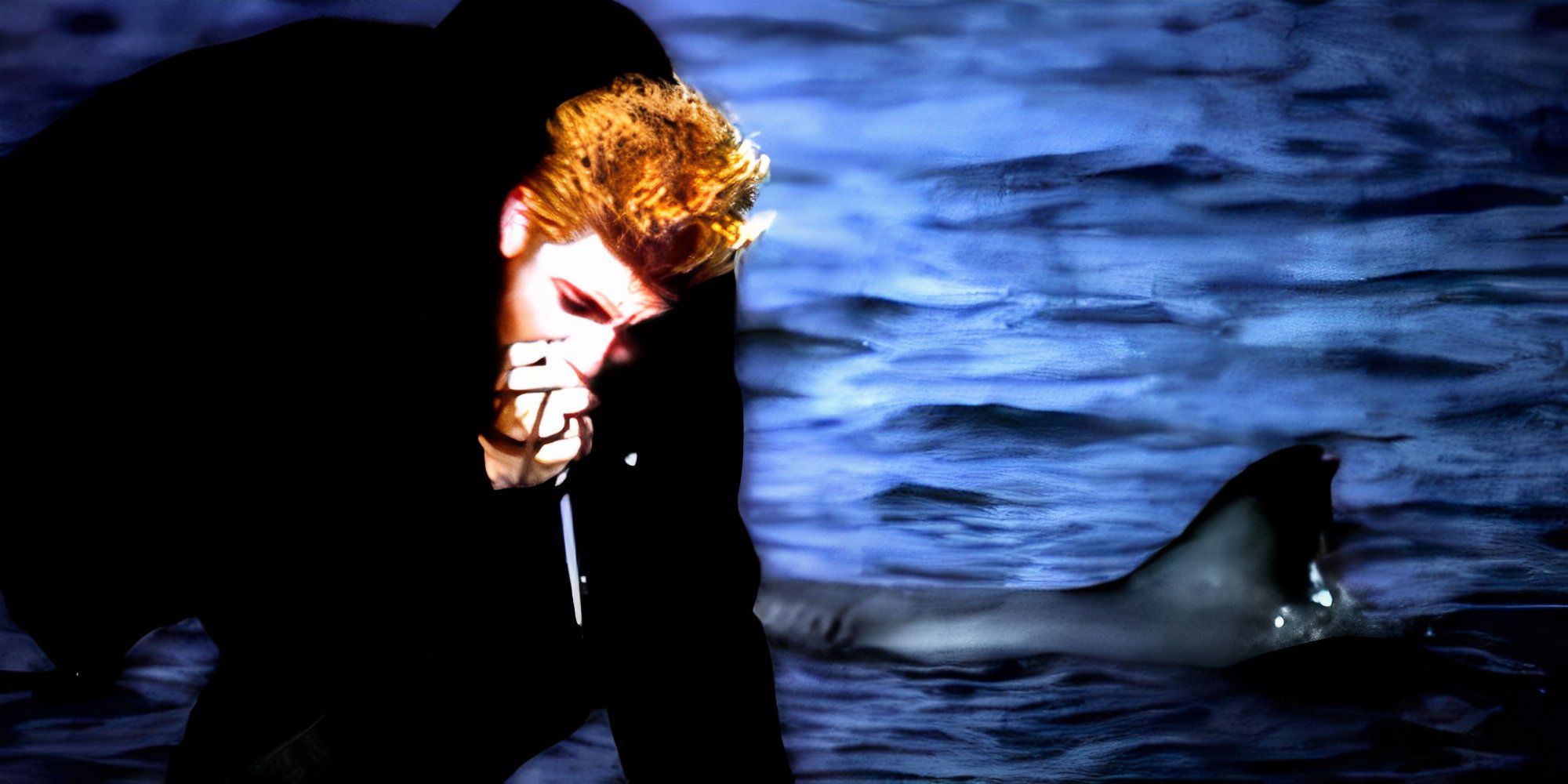
You are famously the world’s only heavy metal marine biologist. What’s on your shark dive playlist?
Tom Hird: Well, you’d have to have (Deftones’) “My Own Summer” on there, just because of the video for it. At the moment, there would probably be a good few Rammstein songs on there. Definitely Static-X—I’m a huge Static-X fan. “Destroyer” by Static-X would be on there. And I’m a massive Tool fan. Aside from the obvious classics, if you have something a little bit harder, like “Vicarious” or “Sober” or something just banging out. That would be top dollar. But I would love to be able to dive underwater with sharks while listening to Static-X. I imagine that would be pretty spot-on.
About 6000lb. Shark
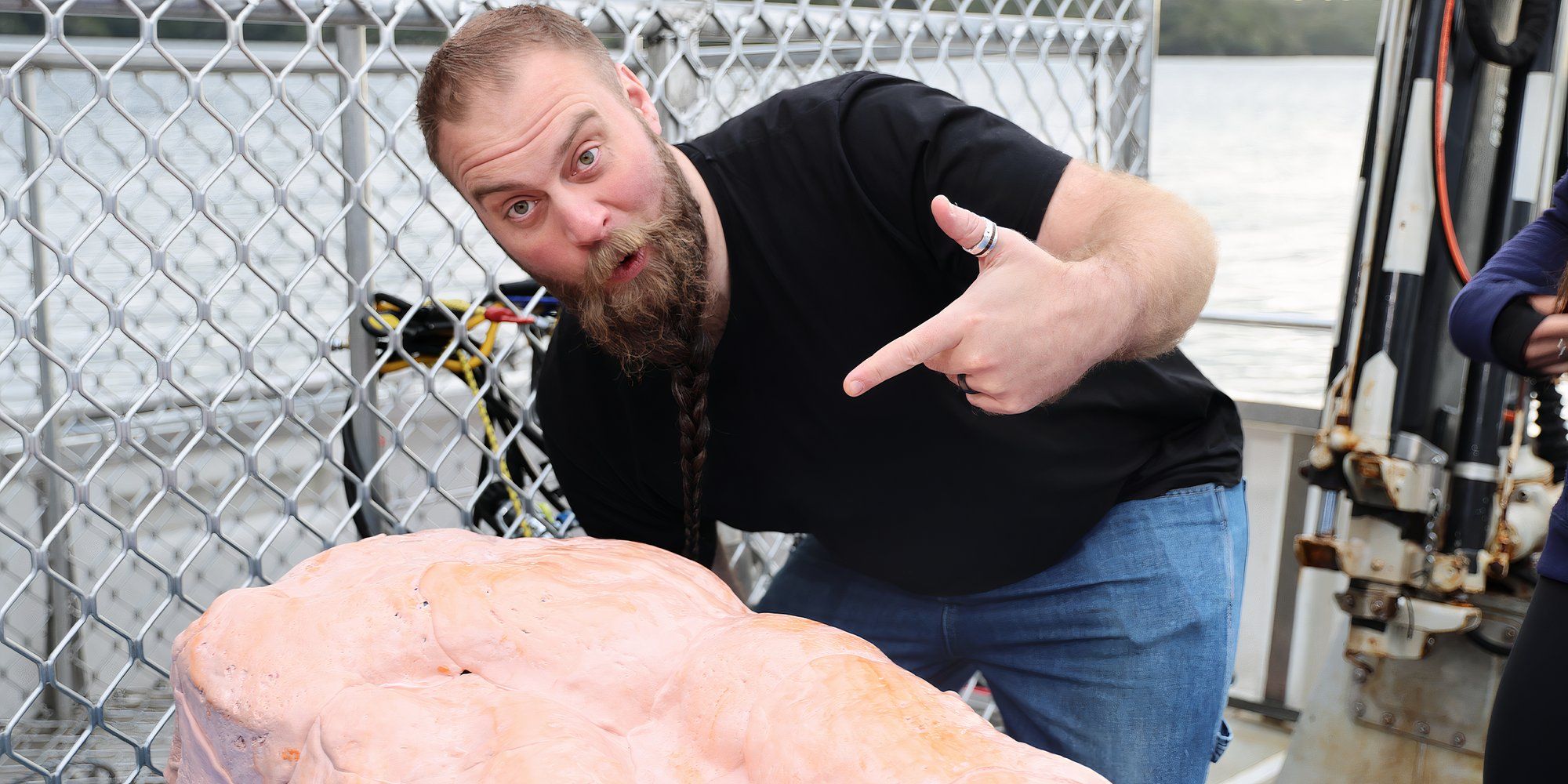
Marine Biologists Tom “The Blowfish” Hird and Leigh de Necker go searching for the fattest Great White Sharks off the coast of New Zealand and attempt to obtain their poop to study what they are eating. Using cutting-edge science, they aim to weigh a great white accurately for the first time, revealing if they can reach a staggering 6000 pounds.
Check back for our other Shark Week interviews:
- Forrest Galante for Alien Sharks: Ghosts of Japan
- Paul de Gelder for Great White Serial Killer: Sea of Blood and Sydney Harbor Shark Invasion





